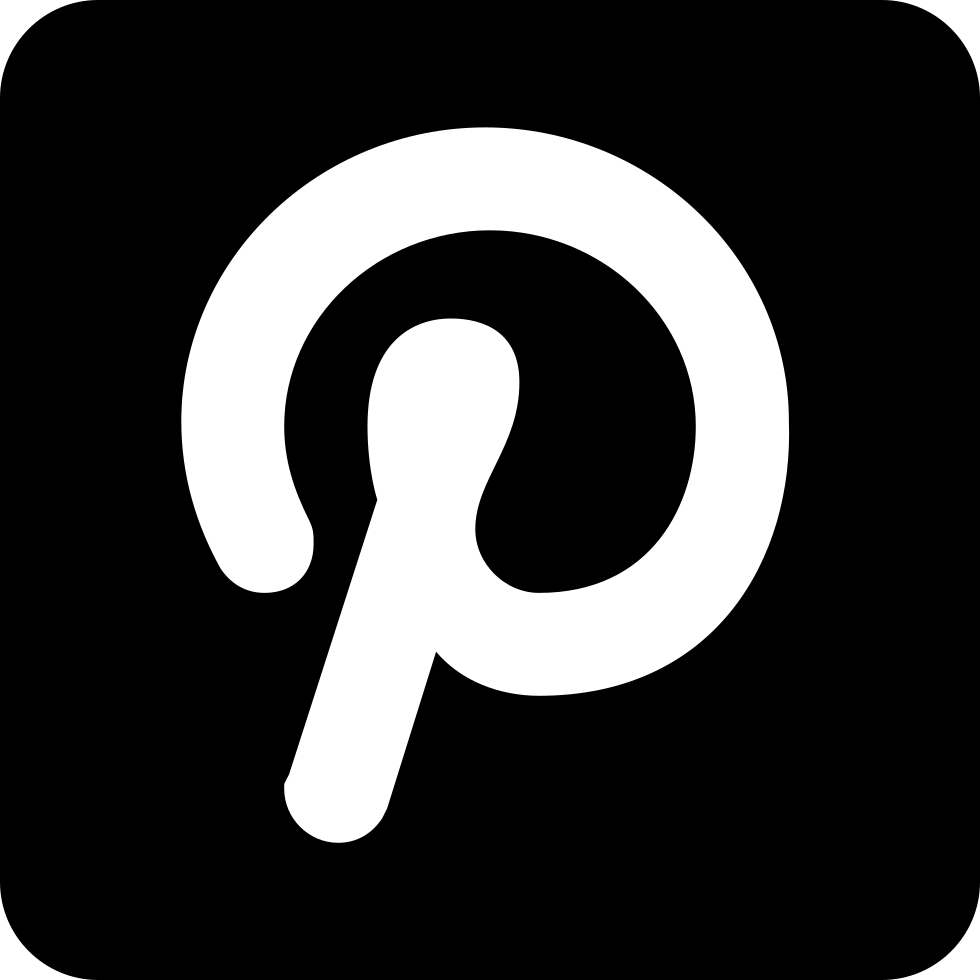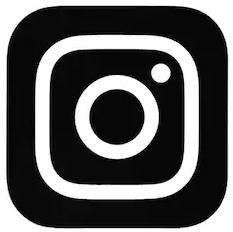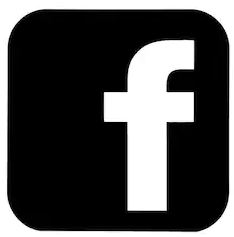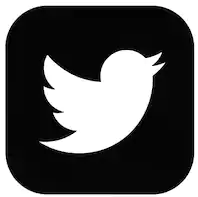I’m continuously talking about all things vintage and posting photos of antique books. Most people I tell that I collect antiques, books in particular, make some sort of statement that I am an “old soul” or “born in the wrong generation.” I tend to disagree. Anyone, whether they have an “old soul” or not, can appreciate the beauty and poetry of the past.

Personally, I collect because of, as I’ve said many times before, I’m drawn to old stories. I am drawn to the stories written in the books, but also the stories the books themselves have to tell. The inscriptions on the flyleaves intrigue me; the natural wear of covers and yellowing of pages whisper to me all that they have experienced, all the adventures they have been on.
If you find yourself drawn to the old, never-checked-out books at the library or the intricate covers of the books behind glass at your local used book store but you feel that these books are unaccessable to you for whatever reason, I’m here to encourage you: collecting antique books is not impossible or only for the high-brow. This hobby can, for one, be a good investment, but it can also be very affordable. It all depends on what you want from your collection.
I started collecting about six years ago now and I know one of my biggest set backs (if you even want to call it that) is that I would buy anything and everything I could get my hands on. That is definitely a way to start a collection, to say “ooh pretty book” and buy it, but in reality, it is largely inefficient, especially if most of the antique books put in front of you are massively expensive.
I have two main pieces of advice: pick a genre or a general topic or time period that you want to collect from and don’t think that if a book is only a few dollars that it isn’t valuable in some way.

It may take you a bit of research or some time collecting for you to land on a specific type of book you’d like to collect. Personally, it took me four years, and even then, my category is very broad. I tend to stick to the Romantics and the Victorians, both British and American. I have a friend who mainly collects classic Sci-Fi and Russian Lit. It may take you a while to narrow it down, but keep that in mind as you start to find books.
Which brings me to how to find old books. There are a few ways to go about this. If you don’t know what you want, your local used book store is probably the best place to go. Even Half Price Books usually has a collector’s books section. If you have more of an idea as to what you want, you can try Abebooks.com , the main website for buying and selling antique and collectible books. My etsy shop also has some books that I am selling, since as I said before, I started out buying anything and everything. If you don’t see something you like in the shop, feel free to message me on etsy and I’ll see what I have or help you find what you’re looking for elsewhere.
Antique books hold a poetry and sort of adventurous history about them; they are full of stories and not only the ones printed on their pages. It doesn’t take an old soul to appreciate the stories of the past. Find the stories you love.
Click below to follow me on social media:
Check out my Etsy shop here and comment below things you would like to see show up there in the future.











